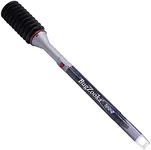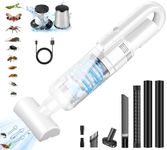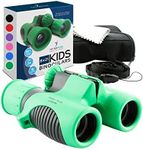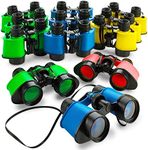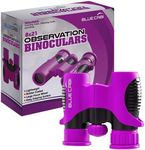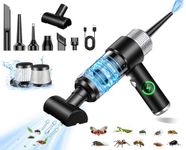Buying Guide for the Best Bug Catcher Vacuums
Choosing the right bug-catcher vacuum can make a significant difference in how effectively and humanely you can manage unwanted insects in your home. When selecting a bug-catcher vacuum, it's important to consider several key specifications to ensure you get a product that meets your needs. Here are the main factors to consider and how to navigate them.Suction PowerSuction power determines how effectively the vacuum can capture bugs. Higher suction power means the vacuum can pick up larger and heavier insects more easily. Suction power is usually measured in watts or air watts. For small insects like ants or fruit flies, lower suction power is sufficient. For larger insects like spiders or beetles, you may need a vacuum with higher suction power. Consider the types of bugs you commonly encounter to choose the right level of suction power.
Battery LifeBattery life indicates how long the vacuum can operate on a single charge. This is particularly important for cordless models. Longer battery life allows for extended use without needing to recharge frequently. If you plan to use the vacuum for quick, occasional bug captures, a shorter battery life may be acceptable. However, for more extensive use or larger areas, look for a vacuum with longer battery life to avoid interruptions.
Weight and PortabilityThe weight and portability of the vacuum affect how easy it is to maneuver and use. Lighter models are easier to handle, especially for quick bug captures or for use in hard-to-reach areas. Heavier models might offer more power but can be cumbersome to use. Consider your physical strength and the typical locations where you'll be using the vacuum to determine the right balance between weight and portability.
Noise LevelNoise level is an important consideration if you are sensitive to loud sounds or if you plan to use the vacuum around pets or children. Quieter models are less likely to disturb your household. Noise level is usually measured in decibels (dB). For a quieter experience, look for models with lower dB ratings. If noise is not a major concern for you, this spec might be less critical.
Ease of CleaningEase of cleaning refers to how simple it is to empty and maintain the vacuum. Some models have removable, washable containers or filters, making them easier to clean. If you prefer minimal maintenance, look for models with straightforward cleaning processes. If you don't mind a bit more effort, you might prioritize other features over ease of cleaning.
Safety FeaturesSafety features can include things like child locks, non-toxic materials, and mechanisms to prevent bugs from escaping once captured. These features are important if you have children or pets, or if you are concerned about handling bugs safely. Consider your household's safety needs when evaluating these features.
Additional FeaturesAdditional features might include things like built-in lights to help you see bugs in dark areas, extendable nozzles for hard-to-reach places, or attachments for different types of surfaces. These features can enhance the functionality of the vacuum and make it more versatile. Think about the specific challenges you face with bug-catching and choose features that will help address those needs.


